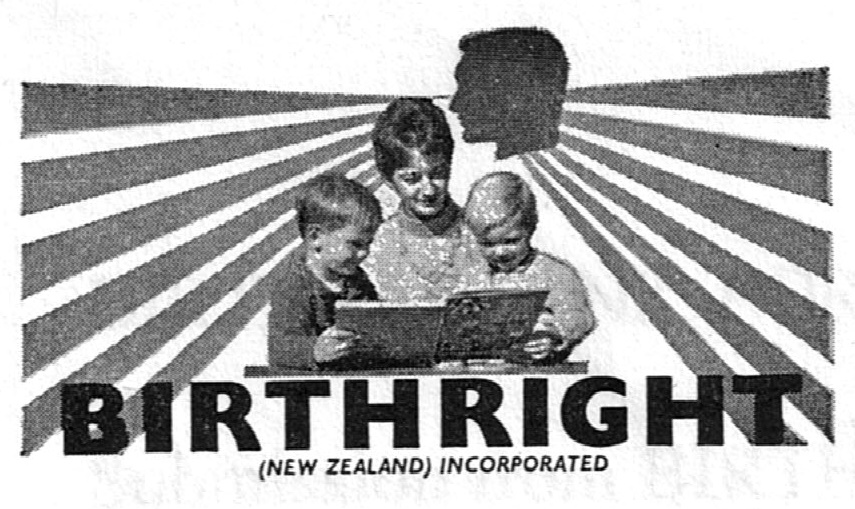In the Beginning - Birthright in the 1950s

1950s New Zealand was enjoying an economic boom after the Great Depression and the Second World War. The welfare system was well in place and developing, jobs were plentiful, the nuclear family was still regarded as the ‘ideal’ social grouping, adoptions were common while abortions were few, and marriage breakdowns were the exception rather than the rule.
However, support and financial assistance for one parent families was quite limited. Since 1911, the Widows’ Pension had, to some extent, provided for one parent families without other means of support, although it was subject to means testing. Later, in 1926 a family allowance was introduced, which was also subject to means testing. In 1936 deserted wives with children could apply for the Widows’ Pension, provided they had taken maintenance proceedings against their husbands and were not divorced.
In 1938, employed unmarried pregnant women became eligible for an emergency sickness benefit for a limited period and after giving birth, on the grounds they were temporarily incapacitated for work. By the mid-1950s, around one in five children were kept and raised by their unmarried mothers.
In 1946, the family benefit had been increased and made available for all children up to the age of sixteen, or up to the age of eighteen in certain circumstances. By 1959, it had increased again and, because this benefit was normally paid to the mother, many women gained their first ever independent source of household income through this form of assistance. However, these universal family benefit payments would begin to decrease considerably in the 1980s and would disappear completely by the 1990s.
1955 saw the first Birthright established in Hastings in 1955, with the aim of helping the children whose mothers were on their own due to separation, desertion, divorce or death of a spouse. The philosophy behind this new organisation was ‘every child is entitled to a birthright’ - regardless of whether they had two parents or not.
Not only was this the first organisation of its kind in New Zealand, it was also the first in the world. The idea of an organisation like Birthright was discussed at the world congress of the Junior Chambers of Commerce in Edinburgh in 1955, where the New Zealand delegation urged others to help make it an international project.
In its early years, in addition to providing a caring support person to help and listen, Birthright most commonly received requests for material help, such as clothing, household items, food, accommodation, transport and financial assistance including budgeting advice. It also hosted coffee mornings and provided trips, holidays and camps for children who otherwise would not get the chance to experience a break away from home.
In 1958 the Dunedin Jaycee Convention resolved to sponsor a national body, Birthright New Zealand, and this came to pass in 1961. By the end of the decade, in addition to the original Hastings branch, Birthright was up and running in Southland, Waikato, Otago, Wellington, Napier, Marlborough, Northland, New Plymouth and Nelson.
Today Birthright has 14 member organisations operating around the country offering social services for children and families, especially those families led by one person.
Read more about Birthright’s history and Birthright today.
